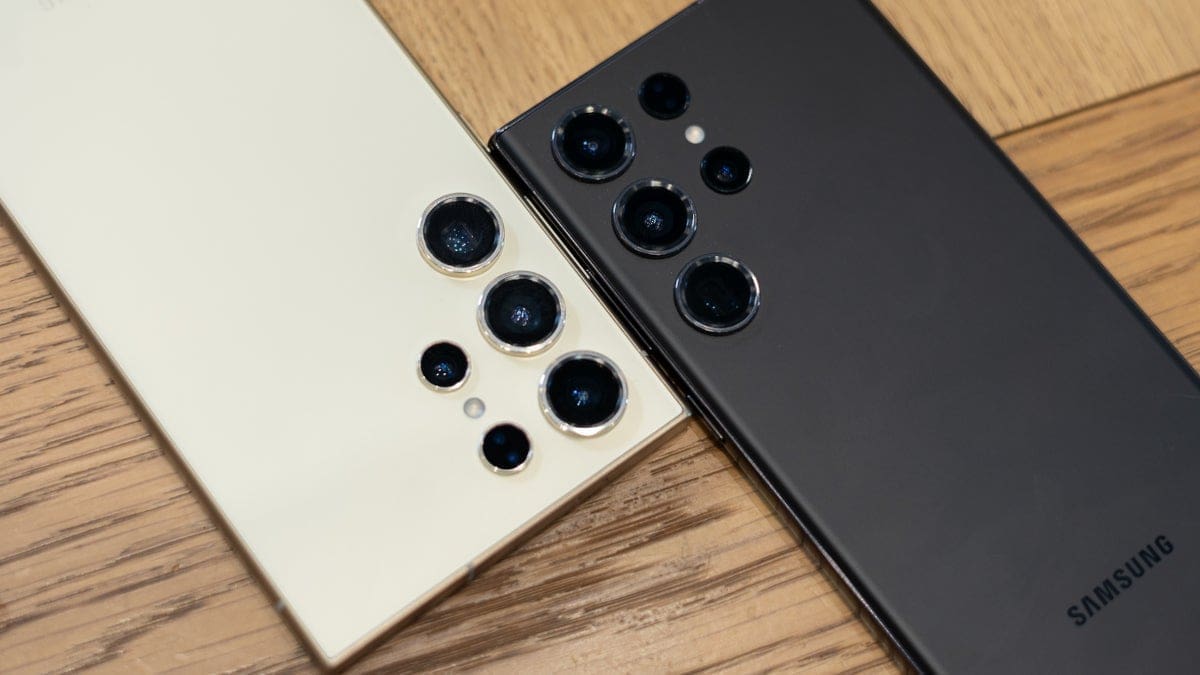South Korean chipmaker SK Hynix is currently investigating how two of its memory chips ended up inside Huawei’s Mate 60 Pro, according to a report by CNN. The tech publication Techinsights discovered the presence of an SK Hynix 12GB LPDDR5 RAM chip and a 512GB NAND memory chip from the same company during a teardown […]
This discovery raises questions about SK Hynix’s compliance with export restrictions imposed by the US government. G Dan Hutcheson, vice chair of TechInsights, highlighted the significance of the situation, stating, “The big question is whether any laws were violated.” RAM chips are responsible for short-term data storage, allowing for quick retrieval without accessing long-term memory. On the other hand, NAND flash memory is used for long-term data storage, even when the device is not powered.
When approached for comment, an SK Hynix spokesman assured CNN that the company is aware of the presence of its memory chips in the Mate 60 Pro and is currently conducting an investigation. The spokesman also mentioned that SK Hynix strictly adheres to US government export restrictions and no longer conducts business with Huawei due to the US restrictions imposed on the company. In 2020, a revision to the US export rule was introduced to restrict cutting-edge chips from reaching Huawei, which may have been the grounds for SK Hynix’s decision to cease its business activities with the Chinese tech giant.
Speculations are circulating that Huawei may have obtained these memory chips through secondary markets instead of purchasing them directly from SK Hynix. Another possibility is that Huawei stockpiled these components before the revision of the US export rules. Techinsights revealed that the majority of the components used in the Mate 60 Pro are sourced from Chinese companies.
In other news related to tech exports to China, US congressmen Mike Gallagher (R-WI) and Michael McCaul (R-TX) have called for tighter restrictions on technology exports to China. This comes as the White House investigates the production process of Huawei’s Kirin 9000s chips. It is unclear how China’s largest foundry, SMIC, managed to produce these chips without relying on cutting-edge lithography equipment. Although SMIC previously manufactured 7nm chips, they were not of smartphone quality and were primarily used for cryptocurrency mining.
In recent weeks, Huawei unveiled two flagship models: the Mate 60 Pro and the Mate 60 Pro+. Both devices are powered by Huawei’s own Kirin 9000s chipset. Earlier this year, Huawei obtained licenses allowing it to import modified versions of Qualcomm’s Snapdragon 8+ Gen 1 SoC chipset for use in its upcoming Mate 50 line and the current P60 series. These chips were specifically adjusted to prevent compatibility with 5G networks.
It is worth noting that the Mate 40 series in 2020 was the last flagship lineup from Huawei to feature its Kirin chip. These chips, the Kirin 9000 and Kirin 9000E APs, were manufactured by TSMC using a 5nm process node.











